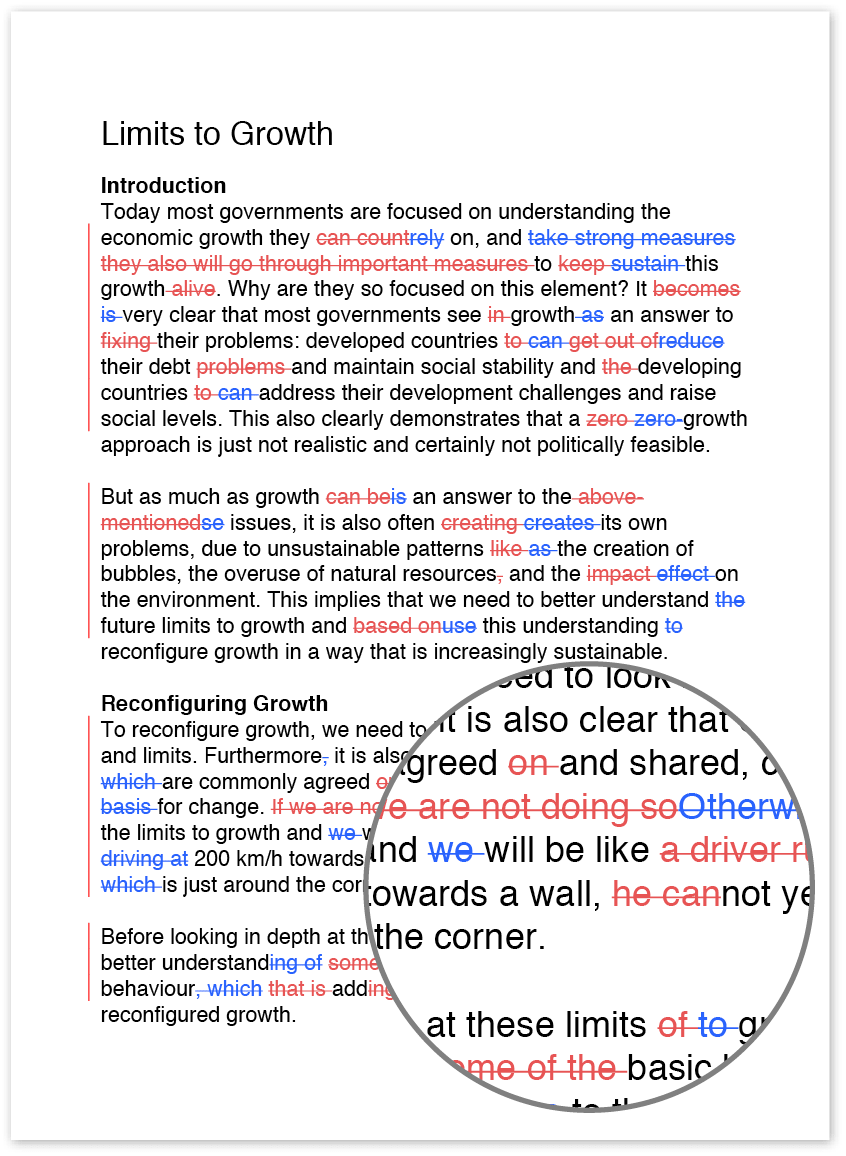Basic English sentence structure
All the parts of speech in English are used to make sentences. All sentences include two parts: the subject and the verb (this is also known as the predicate). The subject is the person or thing that does something or that is described in the sentence. The verb is the action the person or thing takes or the description of the person or thing. If a sentence doesn’t have a subject and a verb, it is not a complete sentence (e.g., In the sentence “Went to bed,” we don’t know who went to bed). Here’s your quick introduction to the basic English sentence structure.
Simple, compound, and complex sentence structures
There are three types of sentences: simple, compound, and complex. The type of sentence is determined by how many clauses, or subject–verb groups, are included in the sentence. A simple sentence structure has one independent clause: “I rode my bike.” A compound sentence has at least two independent clauses: “I got in my car, and I drove into town.” In that sentence, both clauses can stand on their own as complete sentences. A complex sentence includes an independent clause and one or more dependent clauses: “I got in my car and then went to town.” In that sentence, “I got in my car” works as a complete sentence but “then went to town” does not.
Most sentences in English are constructed using one of the following five patterns:
- Subject–Verb
- Subject–Verb–Object
- Subject–Verb–Adjective
- Subject–Verb–Adverb
- Subject–Verb–Noun
The subject is the person or thing taking an action or being described in the sentence. The verb is the action the subject takes.
Subject–Verb
This type of sentence begins with a core sentence such as “Jane walks.” Here, “Jane” is the subject and “walks” is the verb. Different parts of speech can be added to expand the sentence.
You can add an adverb to make the sentence “Jane walks quickly,” or you can add an expression of time to tell when she walks, e.g., “Jane walks all morning.”
Subject–Verb–Object
These sentences begin with a core sentence such as “She is playing a piano.” In this sentence, “She” is the subject, “is playing” is the verb, and “a piano” is the object.
You can add elements to expand the sentence, such as an adjective (e.g., “She is playing a small piano”) or an adverb (e.g., “She is playing the piano beautifully”).
Subject–Verb–Adjective
This type of sentence begins with a core sentence like “He is handsome.” Here, “he” is the subject, “is” is the verb, and “handsome” is the adjective.
Like the other types of sentences, you can expand on the sentence by adding other parts of speech, such as “He is very handsome,” where “very” serves as an adverb.
Subject–Verb–Adverb
These sentences begin with a core sentence such as “The girl walked away.” In this sentence, “the girl” is the subject, “walked” is the verb, and “away” is the adverb.
You can add elements to this type of sentence, such as “The girl slowly walked away,” where “slowly” is an adjective describing how the girl walked.
Subject–Verb–Noun
Sentences of this type begin with a core sentence such as “The professor is a woman.” Here, “the professor” is the subject, “is” is the verb, and “a woman” is the noun. As with the other sentence types, you can add words or phrases to expand on the sentence. For example, you can add the adjective “intelligent” and the adverbial phrase “at the university” to say “The professor at the university is an intelligent woman” to describe the professor more and tell where where she works.
Now that you know how to form sentences in English – based on your new knowledge of the basic English sentence structure, check out our article on Basic English punctuation to learn how to properly punctuate them.
Bonus info: style guides for media are a great way to learn about clear and consise writing – a good place to start is the BBC News style guide.

